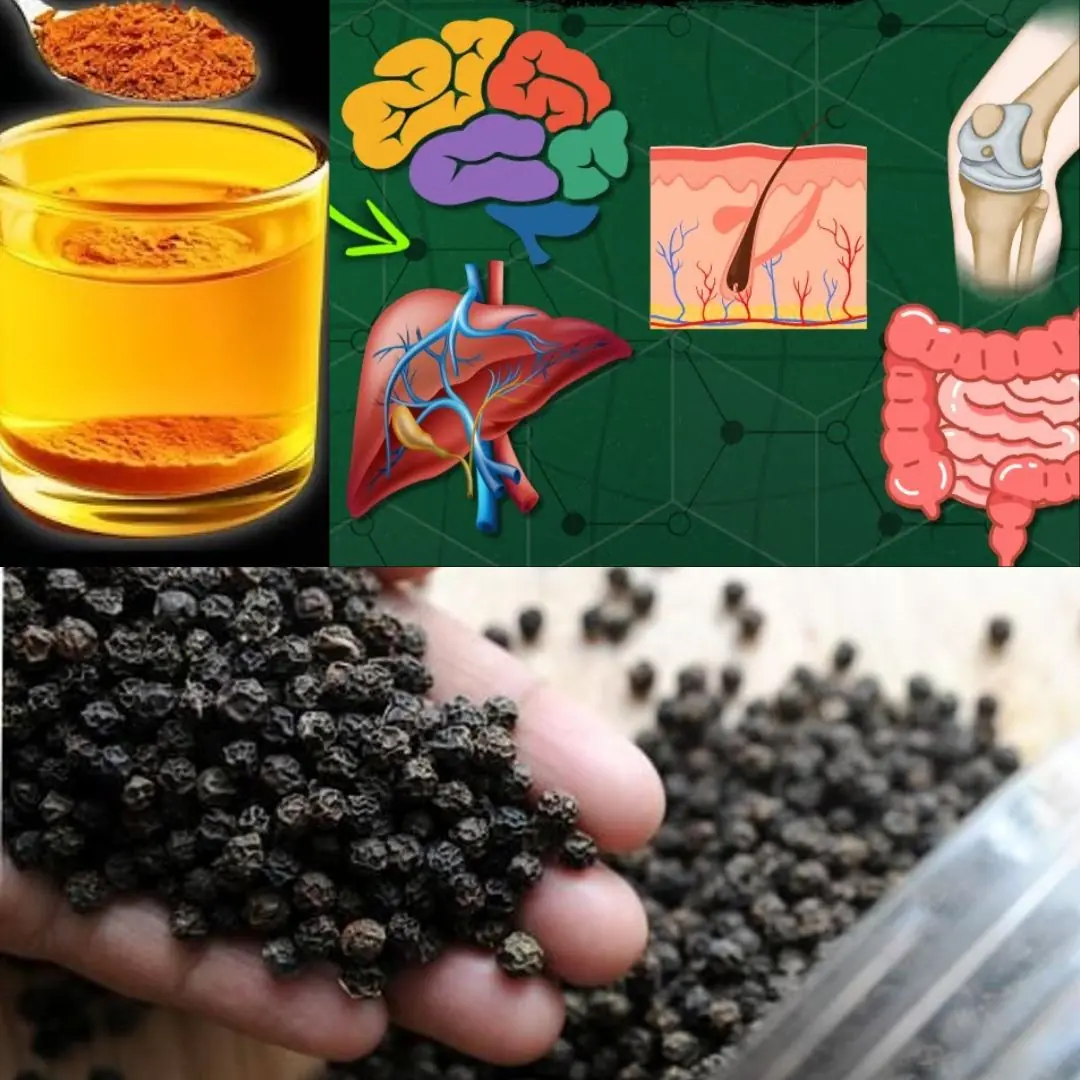
New technology converts cancer cells into normal cells
Researchers have developed a new approach that can induce certain cancer cells to differentiate into normal-like cells, potentially reducing malignancy without destroying them. This innovative approach not only represents a potential new treatment pathway but also addresses common concerns about traditional treatments’ side effects and the risk of resistance.
Understanding Cancer Reversion
Cancer cells
Credit: Unsplash
The concept of cancer reversion, which involves returning cancer cells to their non-malignant state, has intrigued researchers for years. Professor Kwang-Hyun Cho from KAIST explains, “The idea that some cancer cells can be induced to resemble normal cells is a fascinating area of study, with potential therapeutic implications.”
A Breakthrough in Cancer Treatment
This new approach goes beyond simply targeting and killing cancer cells. Instead, it focuses on transforming malignant cells into more benign, non-cancerous ones. By guiding the cells to revert to a more normal, regulated state, the risk of cancer spreading and causing further damage could be significantly reduced. This could potentially allow for more localized, precise treatments, avoiding the broad damage caused by chemotherapy and radiation therapy, which often affect both healthy and cancerous tissues.
The significance of this research lies in its potential to offer a more sustainable, less harmful solution for patients. Traditional cancer treatments, while effective, often come with debilitating side effects, such as hair loss, nausea, and immune suppression, which can severely impact a patient's quality of life. Furthermore, these treatments sometimes lead to resistance, making the cancer harder to treat over time. By focusing on reverting cancer cells rather than destroying them, this new strategy may be able to reduce the need for such invasive treatments.
How Does It Work?
The process involves manipulating the molecular signals inside cancer cells to trigger a transformation that resembles normal cell behavior. Researchers have identified specific biological pathways that can be targeted to encourage this reversion process. The ultimate goal is not only to stop cancer cells from dividing uncontrollably but also to make them behave in a way that mirrors healthy tissue, preventing further malignant growth and the formation of metastases.
While this process has shown promise in early research, scientists are still working to fully understand the mechanisms involved. There are significant challenges, including identifying which cancer cells are most likely to respond to this treatment, as well as ensuring that normal cells are not inadvertently affected in the process. Nonetheless, the potential of this approach marks a new frontier in cancer research, where the emphasis is placed on healing rather than eliminating.
The Future of Cancer Treatment
As this promising approach advances, it could revolutionize the way we treat cancer. If further studies validate its efficacy and safety, it could open doors to a future where cancer is managed more effectively with fewer side effects. Imagine a world where patients no longer have to endure the harshest treatments but instead receive targeted therapies that not only stop cancer from growing but also restore the body’s natural defenses.
This research may also help address one of the major limitations in cancer care: resistance. Traditional treatments like chemotherapy work by targeting fast-dividing cells, but cancer cells can often adapt and develop resistance, making the treatments less effective over time. By focusing on cellular reversion, the body could become better equipped to keep cancer under control without the need for increasingly aggressive therapies.
Next Steps in Research
The path to making this approach a standard treatment option for cancer patients is still long. Researchers will need to conduct more extensive trials and further refine the techniques involved in cancer cell reversion. This includes testing the method on a wider variety of cancer types, ensuring the technique’s safety for human use, and establishing a better understanding of the biological processes that make certain cells more amenable to reversion.
In the coming years, as we learn more about the genetic and environmental factors that influence cancer cell behavior, this research could lead to a paradigm shift in oncology, offering a new tool in the fight against one of the most pervasive diseases of our time.
News in the same category


8 Ways To Get Rid Of Phlegm And Mucus In Chest And Throat

After A 49-Year-Old Father Of Two Passes Away, There Is An Urgent Warning For All Pet Owners Who Allow Their Dogs To Lick Them

8 of the Best Anti-Cancer Foods. It’s Time to Start Adding Them to Your Diet

Getting Annoyed By Chewing Sounds Is a Genuine Psychiatric Disorder

5 Concerning Red Flags That May Signal Colon Cancer

Risk Of Prostate Cancer Increases By 45% In Men Who Share This Common Practice

End-of-life nurse shares the most disturbing behaviors seen in those nearing death

**Say Goodbye to Skin Tags and Warts: Easy Removal with Hydrogen Peroxide**

What Does It Signify When You Dream of a Deceased Loved One?

8 Fruits That Can Harm People with Kidney Disease

The #1 Most Powerful Remedy in the World

Watermelon Seed Tea: A Natural Remedy for Health & Wellness

12 Amazing Health Benefits of the Stonebreaker Plant You Shouldn’t Miss

The Top 10 Causes of Premature Aging of Your Face and Skin

Just one hour of doomscrolling in bed can have devastating consequences on your health

Doctor Warns Against This One Thing If You Wake Up at Night

Many Confuse This Plant with a Weed, But It’s Actually Full of Surprising Health Benefits

Doctors warn about permanent damage caused by new beauty trend causing people to resemble reptiles

Styes on the eye: Discover natural remedies to relieve discomfort and speed healing.
News Post

Olympus Mons: The largest volcano in the solar system

I transferred the car to my mother so that you wouldn’t get it in the divorce,” Artem sneered with a smirk. But Polina only smiled, knowing exactly how to outplay him

10 Things You Should Do When Checking Into a Hotel Room

"What If Pangea Still Existed? A Fascinating Look at Our Ancient Supercontinent"

How to Treat H. Pylori Bacteria Causing Heartburn and Bloating + Natural Remedies

My Father Told Me to Shower with a Special Soap – When My Boyfriend Discovered the Truth, He Broke Down in Tears

8 Ways To Get Rid Of Phlegm And Mucus In Chest And Throat

The Growing Threat of Space Debris: Managing Earth’s Crowded Orbit

After A 49-Year-Old Father Of Two Passes Away, There Is An Urgent Warning For All Pet Owners Who Allow Their Dogs To Lick Them

8 of the Best Anti-Cancer Foods. It’s Time to Start Adding Them to Your Diet

Getting Annoyed By Chewing Sounds Is a Genuine Psychiatric Disorder

5 Concerning Red Flags That May Signal Colon Cancer

AM I WRONG TO BE ANGRY THAT MY 71-YEAR-OLD MOM SPENT MONEY ON A TRIP INSTEAD OF HELPING ME PAY MY BILLS?

Risk Of Prostate Cancer Increases By 45% In Men Who Share This Common Practice

A wounded veteran picks up trash, as people whisper behind me.

End-of-life nurse shares the most disturbing behaviors seen in those nearing death

I held her tight while she cried and wouldn’t let go.

**Say Goodbye to Skin Tags and Warts: Easy Removal with Hydrogen Peroxide**

My 8-year-old son insisted that we surprise our neighbor for her birthday, but we didn’t expect how she would react.
